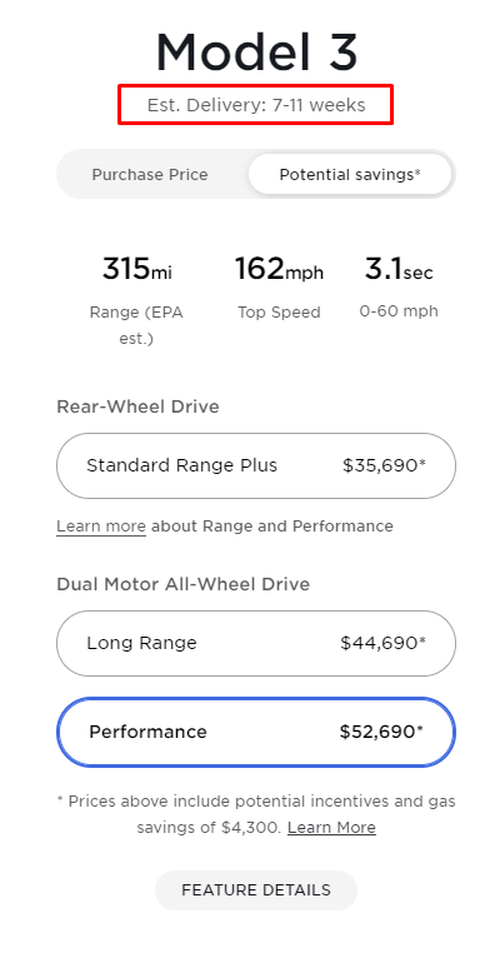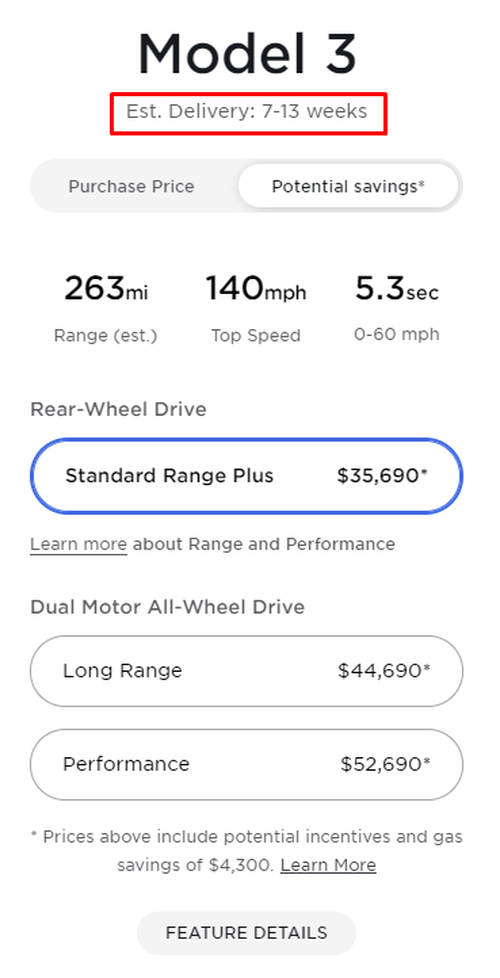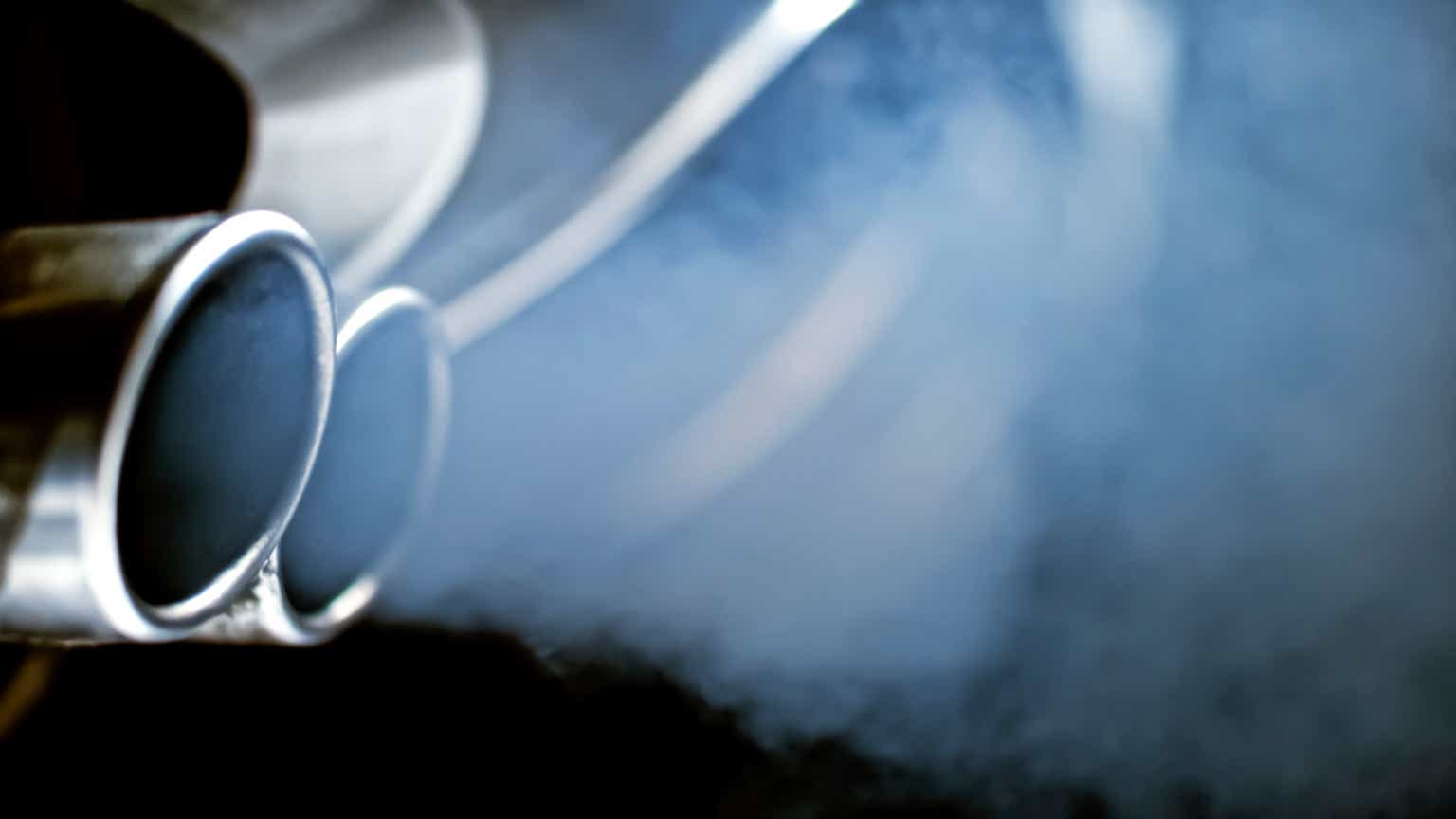On September 14, YouTuber Galileo Russell posted a video titled "Tesla FSD V10 Monorail Test 5X


."
During the video, Russell set his Tesla running Full Self-Driving Beta—which is not, in fact, self-driving, but a "Level 2" driver-assistance system—on the roads under the Seattle monorail, whose support structure runs along the middle of the road. In the video, Russell is excited by how well the car handles this unique road layout and, to his mind, shows tremendous improvement.
Russell is part of a community of Youtubers with access to FSD Beta, a pre-release version of
the software Tesla sells as a subscription for $200 a month. These YouTubers, called beta testers, post videos of themselves driving their Teslas around their cities, showing what FSD Beta does and doesn't do well. They're especially interested in "edge cases," scenarios drivers—and artificial intelligence—don't encounter often, to see if FSD Beta can handle them or if it gets stuck or makes potentially dangerous mistakes. Like Russell, they often use these types of "edge cases" to gauge the software's progress over time.
But not everyone shared Russell's excitement over version 10. Hedge fund owner Taylor Ogan clipped a portion of that video for Twitter, which showed Russell's Tesla swerving to take an unexpected right turn across a crosswalk into the path of several pedestrians. Russell hit the brakes and took the wheel to prevent a catastrophe. He exclaimed, "Whoa! Shit," then raised an apologetic hand to the pedestrians, said "sorry," then said, "Damn."
Ogan's
tweet of this incident went viral. The Twitter reaction to this clip was overwhelmingly one of horror; after all, it sure looks like a Tesla, running a controversial beta software on public roads, almost steers directly into pedestrians in a crosswalk.
After Ogan's tweet went viral, he got a direct message from Russell, according to a screenshot shared by Ogan. "Yo," Russell said, "Please delete your tweet. You can link to my video but not rip my video and give me no credit. That is illegal. I will follow up with your employer and am contacting twitter."
Twitter did end up removing the clip from Ogan's tweet, who defended posting the clip to Motherboard by citing fair use and said he linked to the full video in a follow-up tweet in the thread. In any event, the clip continues to circulate on Twitter.
Motherboard has learned that every FSD Beta tester signs a non-disclosure agreement in order to be a member of the Early Access Program (EAP), a community of Tesla aficionados the company selects. This NDA, the language of which Motherboard confirmed with multiple beta testers, specifically prohibits EAP members from speaking to the media or giving test rides to the media. It also says: "Do remember that there are a lot of people that want Tesla to fail; Don't let them mischaracterize your feedback and media posts." It also encourages EAP members to "share on social media responsibly and selectively...consider sharing fewer videos, and only the ones that you think are interesting or worthy of being shared."
Though Ogan's tweet was deleted, others, including David Zipper, a visiting fellow at Harvard Kennedy School who frequently writes about the automotive industry and government regulation for CityLab and Slate, have shared their own versions of Russell's video. In other words, a video that was supposed to demonstrate FSD Beta's improvement was going viral as evidence of how dangerous it is.
"Not sure why FSD is such a safety hazard—especially for pedestrians and cyclists?" Zipper asked in a tweet linking to the clip. "Check out this video, posted last week."
In a different world, these FSD beta test videos would be sequestered to a quiet corner of the internet just like any other product testing, unboxing, or brand-obsessed subculture. The people who care about them would care a lot, and everyone else would hardly even know they existed.
But, one of the only things Tesla supporters and critics agree on is that these videos are important. No matter what you think of Tesla, they provide the only window into just how good (or bad) FSD is.
Owners of the vehicles opt in to being beta testers, but all the other people on the road, sidewalks, or bike lanes do not. They are all—including, for example, the pedestrians trying to cross the street in Seattle—non-consenting subjects in the experiment, whether they realize it or not. Tesla doesn't release any data on FSD Beta's performance. And, so far, federal and state regulators have been completely absent, including the National Highway Traffic Safety Administration (NHTSA), which
Zipper reported has clear jurisdiction to regulate FSD. Instead, by doing nothing, NHTSA has tacitly permitted Tesla to turn American roads into testing grounds.
As a result, these FSD Beta testing videos are more than entertainment for Tesla supporters like Russell and his fans. They're also important for people like Zipper, who are concerned that a private company is using public roads to beta test potentially dangerous software.
"How else can we really sound the alarm but by pointing out these videos, which are one of the best pieces of evidence we have, that show what seem to be blatantly unsafe things happening to a Tesla, or the Teslas doing plainly unsafe things, when it's operating under FSD?" Zipper asked. "And so that's why I distributed [the video] because, you know, I've looked pretty hard at what Tesla's doing, and at the, the ADAS [advanced driver assistance systems] space, and to me, there's real risks here to safety that I don't think people fully appreciate."








